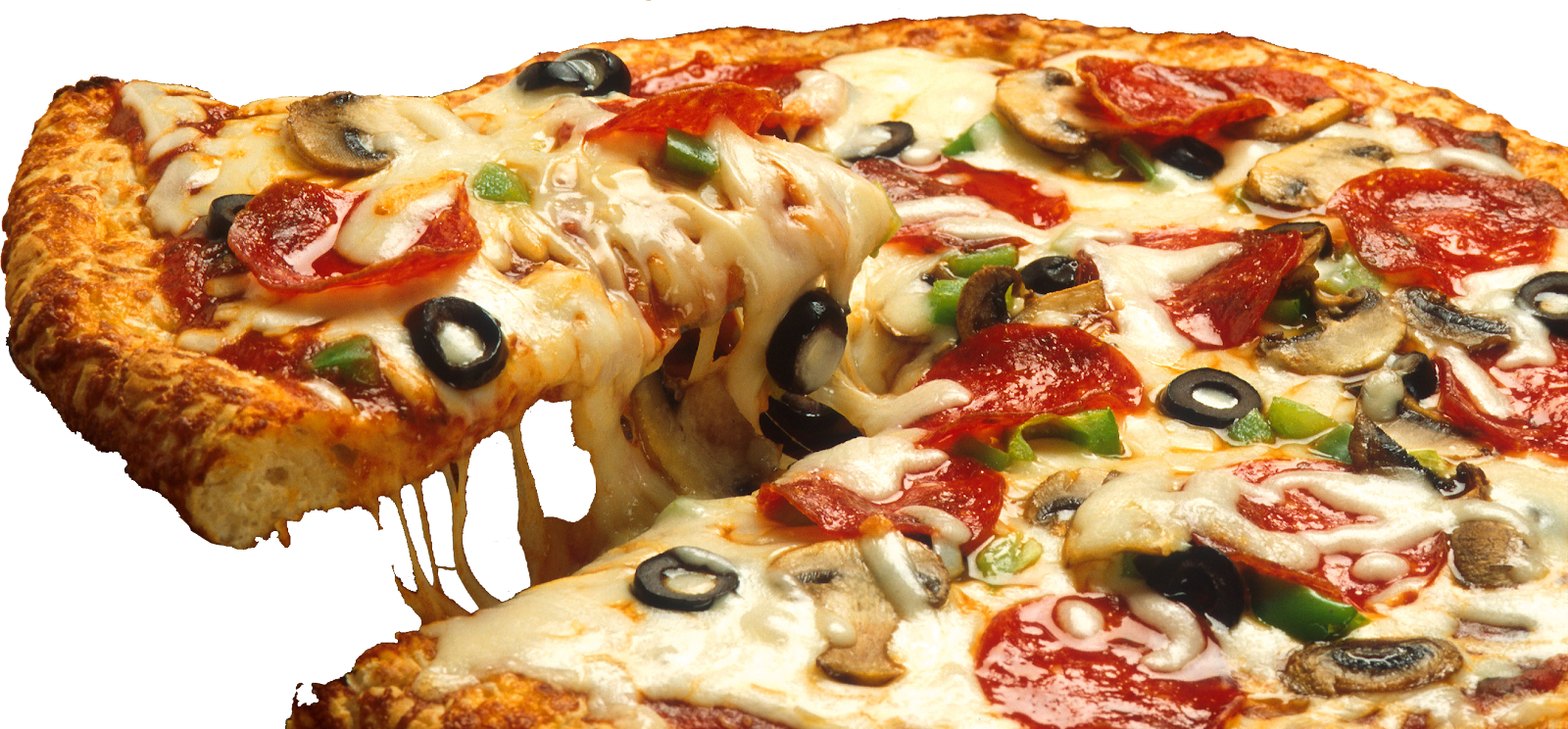When our children leave our year level, what would we like them to feel mathematical thinking is about? How would we like their perspectives on maths to have grown, deepened and changed by the time they move up a year level at the end of the academic year?
This year, one of my goals is to help the children in my class to appreciate the wonders of number relationships and connections. That our number system isn't something to fear, but to play and make discoveries about. I also hope to impress the idea that mathematical thinking isn't about getting an answer. An answer is merely a byproduct of the rich process we can take our minds when creating and evaluating strategies.
To help deepen our understanding that maths is about creative thinking, today we looked at the following context problem:
Stuffed with Pizza
Andrés and Margarita are stuffed with pizza!
Andrés ate one-quarter of a cheese pizza. He then ate three-eighths of a pepperoni pizza and finally ate one-half of a mushroom pizza.
Margarita ate five-eighths of a cheese pizza followed by another half of the mushroom pizza.
All the pizzas were the same size. Andrés says he ate more pizza than Margarita because Margarita did not
eat any pepperoni pizza. Margarita says they each ate the same amount of pizza.
Who is correct? / How many different strategies can you create to solve it?
The key to opening up an investigation like this, I think, is changing the last part to state 'how many different strategies.........'
If we present children with closed problems where the answer is deemed what we are valuing, then we can only expect children to think the correct answer is what is important.
When presented with this problem, I asked my class, "What do we think we are valuing in this investigation?"
As we have been doing learning experiences like this a lot of the year, happily, we were able to identify that we are valuing creative thinking. Others thought we are valuing how there are many different ways to solve a problem and that they are all good. Another shared how in maths we should try to evaluate different strategies to see which are more effective and why that is so.
When I hear the children sharing these understandings, I feel like the big messages of the year are settling in their minds and this is also observable by their much more positive perspectives on maths.
If we as teachers, feed children the perpetual message that maths is about answering closed questions, then it is no wonder why so many children develop negative attitudes towards it. If we help children see how maths is about being creative, they more freely take risks with their thinking and begin enjoying where their minds take them.
Children buddied up with their table partner to create different strategies to solve the problem. Loads of rich and deep discussions took place. Loads of trial and error and lots of peer teaching of some misconceptions being harboured also took place. Listening in to the diverse discussions, it made me realise how all this amazingthinking and learning could never be taking place with a traditional chalk-n-talk maths lesson. Real mathematical thinking was taking place and children were feeling passionate about their creativity.
After some time, partners then published some of their strategies on paper and these were then shared around the room. As others read their strategies, they used post it notes to give constructive feedback. This strategy further helped us to see even more possible ways we can visualise and problem solve in maths.
Some of our ideas:
After sharing our strategies, we then used Padlet to write a short reflection about this learning experience. Here are some responses:
When we read reflections like this, we have to know we are doing something right in our classrooms......











No comments:
Post a Comment
What do you think? ...........